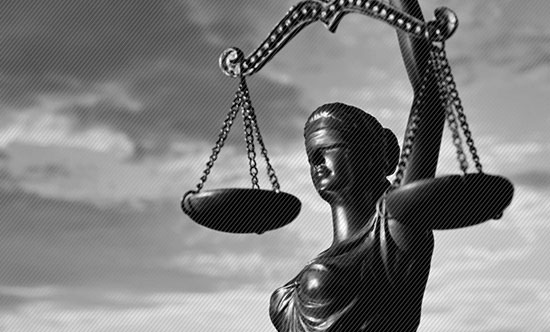Bankruptcy Chapter 13
Bankruptcy Chapter 13
Chapter 13 bankruptcy is most commonly known as the “wage earner plan.” The slate is not wiped clean, but instead your debt is restructured so that you can pay off your debts in period of three to five years.
Chapter 13, entitled Adjustment of Debts of an Individual with regular Income, is designed for an individual debtor who has a regular source of income and whose unsecured debts are less than $383,175.00 and secured debts are less than $1,149,525.00. Chapter 13 is often preferred over chapter 7 because it allows the debtor to keep a valuable asset, such as a house, and to propose a "plan" to repay creditors over time.
The achievement of a Chapter 13 bankruptcy truly depends on how good the plan is. For a Chapter 13 plan to take effect, it must meet many of conditions that are laid out in Section 1325 of the Bankruptcy Code and are comprised of the following: unsecured creditors will receive a minimum through the chapter 13 plan as they would in a chapter 7 liquidation and recompense all creditors in full, or assign all of the debtor’s disposable earnings to the Chapter 13 plan for a period of at least three years (or five years for a debtor who makes more than the median income).
Unlike chapter 7, the debtor does not receive an immediate discharge of debts. The debtor must complete the payments required under the plan before the discharge is granted, but once all of the payments have been made, the discharge is broader than that which is granted to a debtor in a chapter 7 case.
